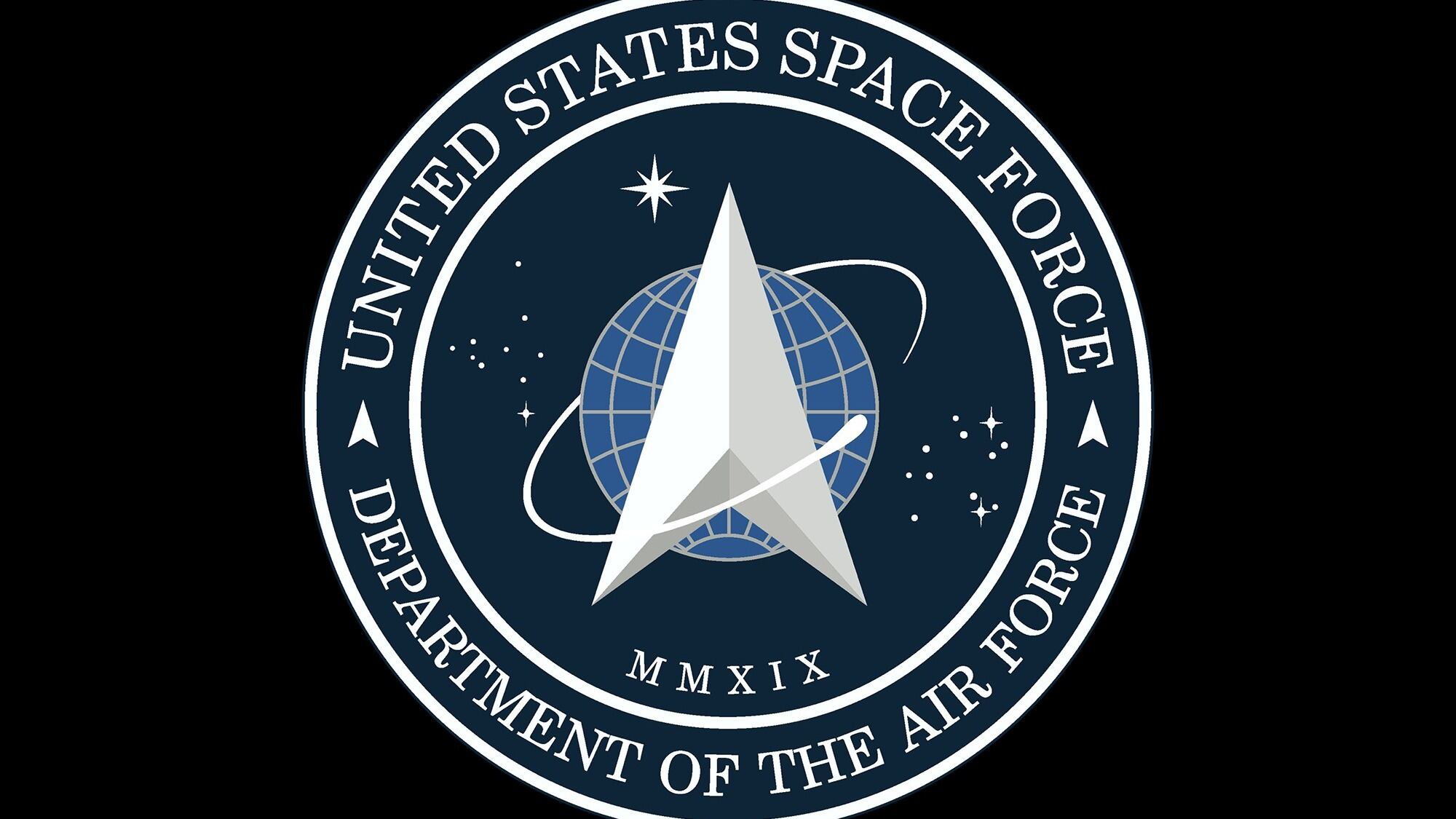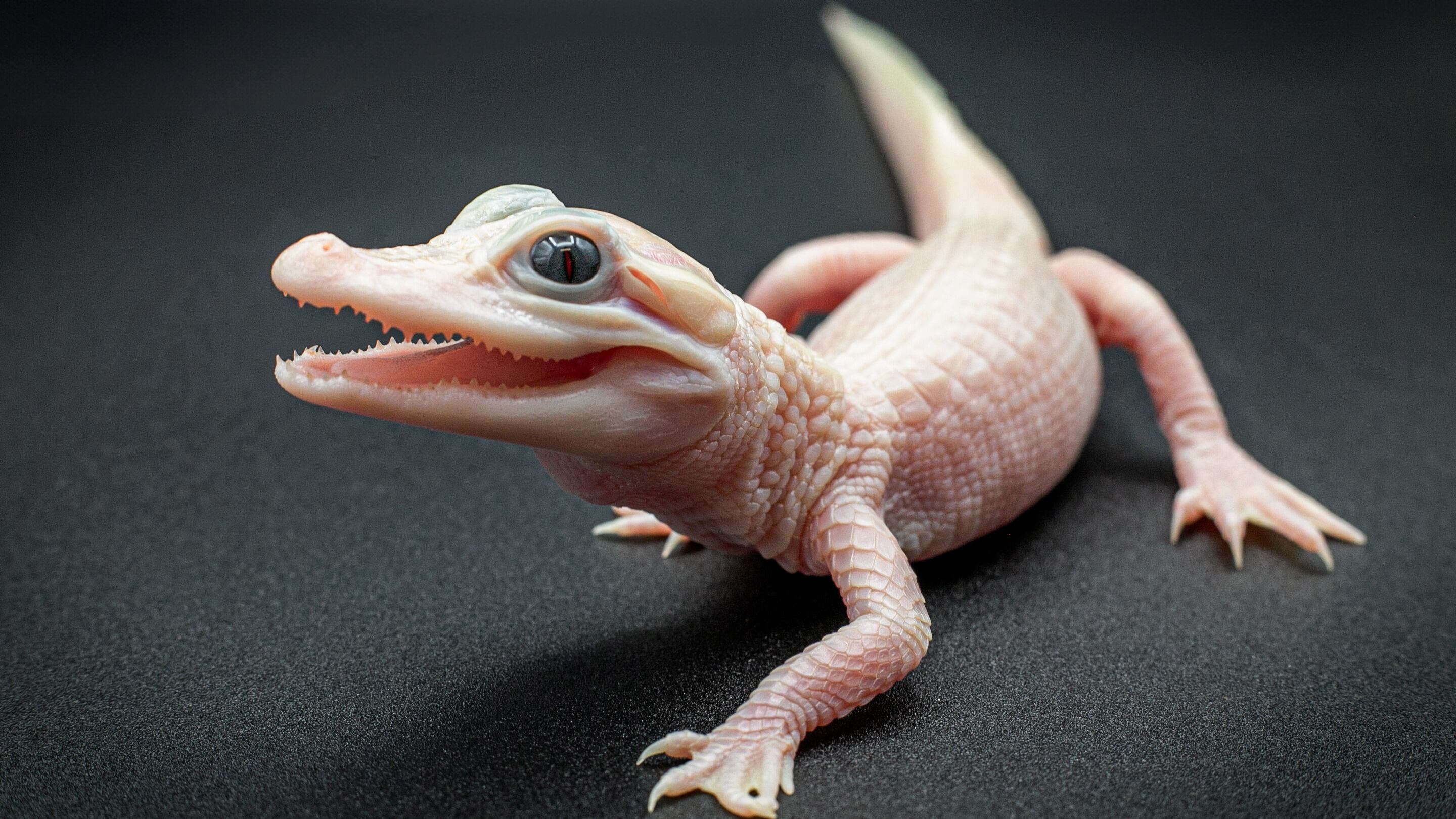By Jamey Keaten
A new scientific study published Thursday suggests the world should start preparing to protect the ecosystems that emerge from under the disappearing ice, as a warming planet is inevitably causing glaciers to melt.
If nothing is done to stop global warming, the world could lose glaciers totaling the size of Finland by 2100. Even a best-case scenario — if the targets of the Paris Agreement to stop climate change are met — foresees glacier shrinkage the size of Nepal, according to the study published in the scientific journal Nature.
The analysis from Swiss and French scientists adds to worries about glacier melt and a growing call to step up efforts to protect the planet from climate change.
In their research, the scientists say humans have grown to live with glaciers for millennia, and the worrying retreat of the ice cover — currently amounting to 10 percent of the Earth’s land surface — will require both action to stop it and adaptation for its impact.
Glaciers play a key role on the planet, by reflecting sunlight or providing fresh water for irrigation, power generation and consumption, says study co-author Jean-Baptiste Bosson, a French-Swiss glacier expert with the National Council for the Protection of Nature in Annecy, France.
He said work is being done to slow down the retreat of glaciers, though it won't be “decisive” in saving them.
“But after the glaciers (melt) not everything is lost,” Bosson said in an interview. “We especially need to protect the nature that will follow the glaciers: we need to protect the forests of tomorrow, the great lakes of tomorrow, the great fjords of tomorrow."
The areas where glaciers once were will be “degraded” when the ice melts, Bosson said, adding that nature should be left to do its work: “There is a chance for ecosystems to rebound if we leave them space and time ... nature itself will find solutions: It will capture carbon, purify fresh water, create habitats for biodiversity."
Glacier retreat hit unprecedented high levels in Europe last year, especially in Switzerland.
The team behind the Nature study analyzed some 210,000 glaciers on Earth, not including the gigantic Greenland and Antarctic ice sheets, and found that glaciers covered some 665,000 square kilometers (257,000 square miles), about the size of Afghanistan, in 2020.
Depending on the different scenarios, which the experts slice up from worst-case to best-case, the world could lose between roughly 149,000 square kilometers (58,000 square miles) to some 339,000 square kilometers (131,000 square miles), by 2100. The team accounts for possible statistical variance. The loss could be much larger.
“Melting glaciers have become icons of climate change. People are mostly worried about the impact glacier melt will have on sea-level rise, seasonal water availability, and geohazards,” said Prof. Ben Marzeion, of the Institute of Geography at Germany’s University of Bremen.
“This study shows that there is more we need to be prepared for. It also shows that we are still in the process of uncovering the multitude of impacts climate change will have,” said Marzeion, who was not involved in the research.
Twila Moon, deputy lead scientist at the U.S. National Snow and Ice Center, laid out the challenges that policymakers will face as landscapes change with glacier retreat.
“There is no question that ice loss around the world is a serious issue, from influencing water availability to raising our sea levels,” Moon, who wasn’t involved in the study, said in an email. “This research highlights another impact — the uncovering of new land as glaciers shrink.”
“Glacier retreat can cause increasing hazards, like the outburst flood that destroyed homes in Juneau earlier this summer, or change water availability for drinking and crops,” Moon wrote. “We must plan ahead while also work hard to reduce heat-trapping gas emissions and limit future damage.”
Bosson says that record high temperatures reached this year in the northern hemisphere are producing worrisome outcomes that could have an even greater impact in the future – though not all data is in yet.
“We try to tell the story of the future of the surfaces today occupied by glaciers on Earth,” he said in a video call from the French Alpine town of Annecy. “Then we ask: Will tomorrow still see big glaciers, or smaller glaciers depending on the climate scenarios?”












